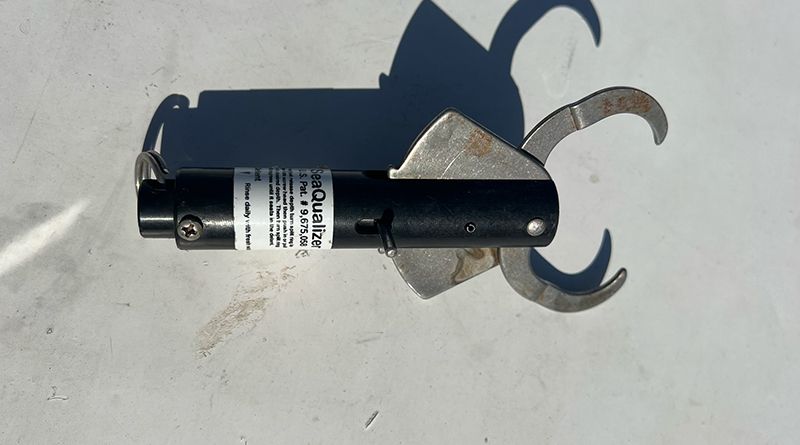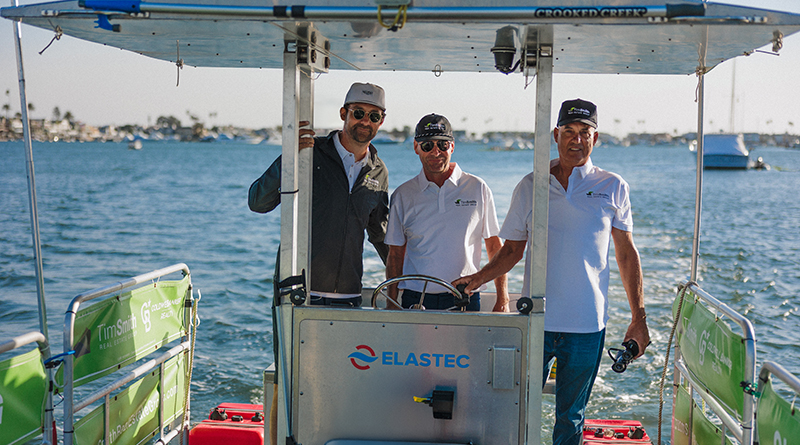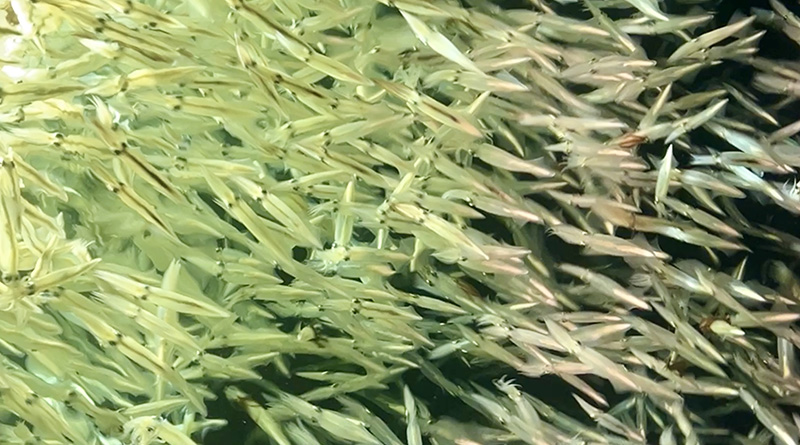As of 2024, anglers in California must carry a descending device on any vessel taking or possessing federal groundfish species. This regulation aims to improve survival rates for rockfish affected by barotrauma — a pressure-related injury that occurs when fish are quickly brought up from deep water. Barotrauma causes the swim bladder to expand, making it difficult for fish to return to depth on their own. Using a descending device can significantly enhance the fish’s chance of survival by returning it to its original depth, where the pressure is normalized.
The California Department of Fish and Wildlife (CDFW) has developed a helpful online resource, Get “Hooked” on Descending – Types of Descending Devices, which guides anglers through the types of descending devices available, along with proper use and regulations. The webpage explains that anglers using a separate rod for descending can only use a descending device on that rod, with no hooks attached. For those preferring to use their main fishing rod, there are inline descending devices that can be added above or below the hooks, as long as they follow the two-hook, one-line rule.
Types of Descending Devices and How to Use Them
CDFW’s online resource outlines several types of descending devices, which range from homemade options to commercially available tools. Here are a few examples:
- Milk Crate Descender:
- How It Works: With a simple plastic crate weighted around the opening (about 5 pounds), anglers can lower multiple fish to depth using rope (at least 60 feet long).
- How to Use: Place the fish in the crate, invert it as you lower it into the water, and steadily drop it to return the fish to a safer depth.
- Video Guide: How to Create and Use a Milk Crate Descender
- Wire Hanger Shepherd’s Crook:
- How It Works: Made from a wire hanger, a shepherd’s crook descender hooks the fish under the gills or through the lower jaw. A weight is added to bring the fish down.
- How to Use: Carefully hook the fish, attach a weight to the bottom, and drop the fish to the desired depth, releasing it with a light jerk of the line.
- Tips: Use pliers to form the shepherd’s crook shape, and coat the wire with rubber or oil to prevent rust.
- Video Guide: How to Make a Shepherd’s Crook Descender
- Standard Wire Hanger Descender:
- How It Works: A wire hanger with a weight attached can serve as a basic descending device. Loop the wire to form a hook for the fish, tie a weight on the bottom, and attach it to a line.
- Video Guide: How to Make a Wire Hanger Descender
- Barbless Inverted Hook:
- How It Works: A barbless hook is inverted and tied to a monofilament line. Attach a weight to the hook’s bottom eye and drop the fish to depth, releasing it with a slight pull.
- How to Use: Quickly place the fish in the water, then drop it using the rod’s reel to the appropriate depth.
- Video Guide: How to Use a Barbless Inverted Hook Descender
- Modified Hoop Net:
- How It Works: By flipping a hoop net upside down, adding weight, and attaching a line to the smaller ring, multiple rockfish can be released at depth.
- How to Use: Place the fish inside the net and lower it until they reach the right depth, allowing them to swim free upon release.
Barotrauma is a common issue for rockfish because they possess a gas-filled swim bladder that helps control their buoyancy. When fish are rapidly brought up to the surface, this gas expands, leading to injuries that can be visually apparent — such as bulging eyes or protruding stomachs. Though these symptoms can appear severe, rockfish can often survive if quickly returned to depth. By using descending devices, anglers can help these fish recompress and recover, supporting healthier fish populations.
For anglers looking to stay compliant and informed, the CDFW offers a comprehensive webpage on descending devices and barotrauma, including the full list of resources. The page includes helpful videos and guides to different descending devices, showing how anglers can make or purchase tools to support sustainable rockfishing practices.
Using descending devices is a small but impactful step that anglers can take to support rockfish populations and contribute to the long-term health of California’s marine ecosystems.







